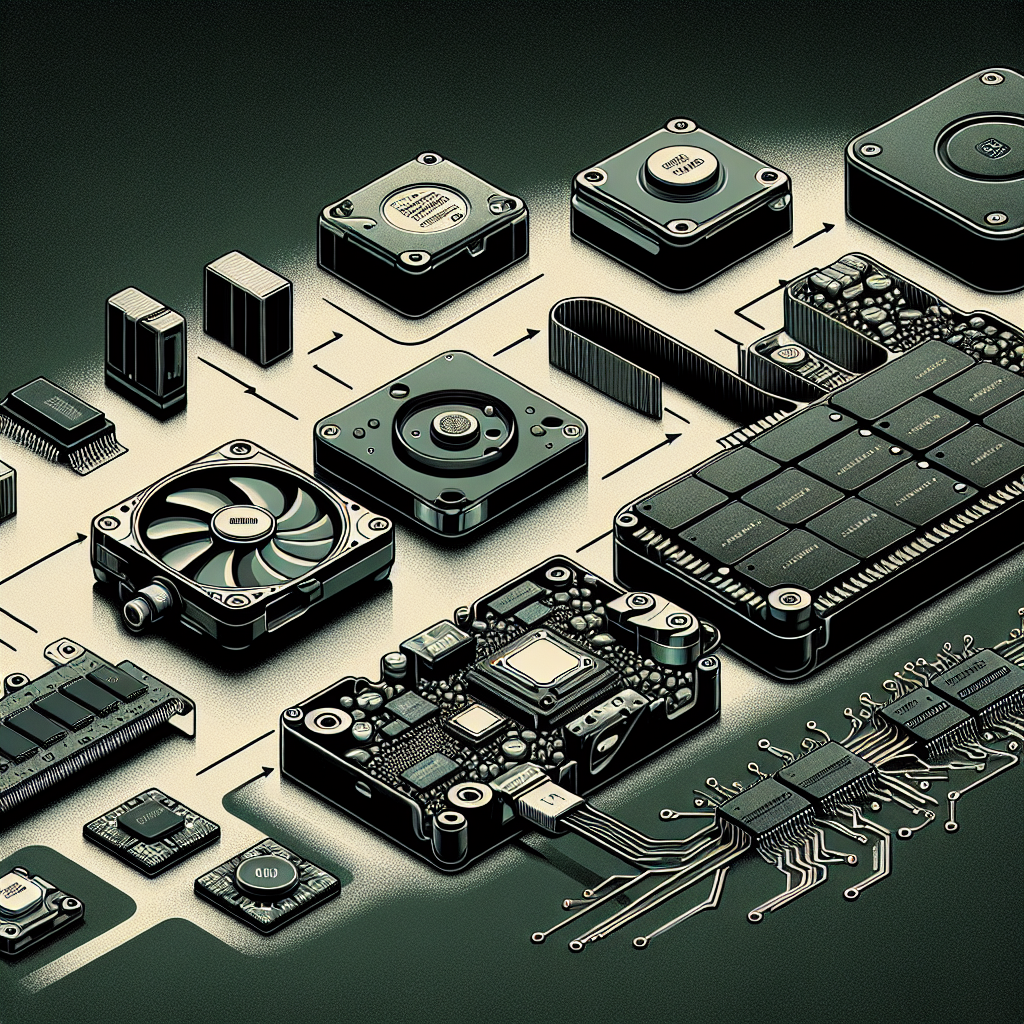Your cart is currently empty!
The Evolution of Solid-State Drive Technology

Solid-State Drives (SSDs) have come a long way since their inception in the early 2000s. Initially, SSDs were seen as a luxury item due to their high cost and limited storage capacity. However, advancements in technology have made SSDs more affordable, reliable, and faster than ever before.
One of the major breakthroughs in SSD technology was the transition from using Single-Level Cell (SLC) NAND flash memory to Multi-Level Cell (MLC) and Triple-Level Cell (TLC) NAND flash memory. SLC memory stores one bit of data per cell, while MLC stores two bits per cell, and TLC stores three bits per cell. This increase in storage density allowed for larger capacity SSDs to be produced at a lower cost.
Another significant advancement in SSD technology was the introduction of 3D NAND flash memory. Traditional NAND flash memory is two-dimensional, meaning that data is stored on a single plane. 3D NAND flash memory, on the other hand, stacks memory cells vertically, allowing for higher storage capacities and improved performance.
In addition to advancements in NAND flash memory, SSD controllers have also evolved over the years. These controllers are responsible for managing data storage, reading and writing data, and maintaining the overall performance of the SSD. Newer SSD controllers have improved error correction capabilities, wear-leveling algorithms, and garbage collection, resulting in better overall performance and reliability.
One of the most recent advancements in SSD technology is the introduction of NVMe (Non-Volatile Memory Express) SSDs. NVMe is a protocol designed specifically for SSDs, allowing for faster data transfer speeds and lower latency compared to traditional SATA SSDs. NVMe SSDs are typically used in high-performance applications such as gaming, video editing, and data centers.
Overall, the evolution of SSD technology has been remarkable. From their humble beginnings as expensive and limited storage devices, SSDs have become a mainstream storage option for consumers and businesses alike. With advancements in NAND flash memory, SSD controllers, and the introduction of NVMe technology, SSDs continue to push the boundaries of storage performance and reliability.

Leave a Reply